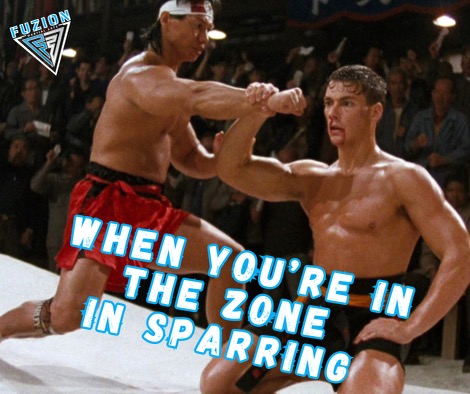
- 458
Martial Arts in Entertainment vs. Practical Martial Arts: Understanding the Differences
Martial arts have captured the imagination of millions worldwide, from stunning fight sequences in blockbuster movies to practical self-defense techniques taught in dojos. While both forms share a common foundation, their purposes, execution, and presentation diverge significantly. Today, we explore the fascinating differences between martial arts as depicted in entertainment and martial arts practiced in real-world scenarios.
Entertainment Martial Arts
In martial arts found in entertainment, the primary goal of martial arts in entertainment is to captivate an audience. Whether it’s a Hollywood action movie, a live stunt performance, or a professional wrestling match, the focus is on drama, visual appeal, and storytelling.
The fight scenes are choreographed to create an emotional impact, emphasizing fluidity, style, and theatrics. The script, not skill, often determines the “winner” of a cinematic fight.
In contrast, the goal of practical martial arts is self-defense, physical fitness, discipline, and sometimes competitive sportsmanship. Techniques are designed to neutralize threats efficiently and effectively in real-life situations. Success is determined by skill, strategy, and the ability to adapt under pressure.
Execution and Technique
The execution of techniques is vastly different between real and entrainment. Techniques in entertainment are exaggerated and stylized for the camera. Movements are often slower than real-life combat to ensure clarity for the audience and safety for performers. Flashy acrobatics, like spinning kicks or aerial flips, are prioritized over practicality because they look impressive. Realism is sometimes sacrificed for dramatic effects, like prolonged fights where characters endure unrealistic amounts of damage.
Practical techniques focus on efficiency, often relying on simple, direct movements to avoid wasting energy. Safety is important in training, but techniques are practiced with the intent to be effective in real scenarios. Groundwork, such as grappling, and striking are often emphasized depending on the martial art, aiming to prepare practitioners for unpredictable situations. Real fights are typically short, as the goal is to end the confrontation quickly.
Training and Skill Development
In martial arts seen in entertainment, performers often undergo rigorous choreography training to master specific fight sequences. Actors may learn multiple styles of martial arts or just mimic movements that look authentic on screen. Safety is a priority, with stunt doubles and crash mats used to minimize injury risk. The emphasis is on timing, rhythm, and coordination with other performers or camera angles.
Real martial arts practitioners dedicate years to mastering techniques, developing muscle memory, and honing reflexes. Training often includes sparring, conditioning, and drills that simulate real-life scenarios. True martial artists build strength, stamina, and mental toughness to handle high-stress situations. Many systems, like Krav Maga or Brazilian Jiu-Jitsu, focus on adaptability against larger or multiple opponents.
Philosophy and Discipline
Martial arts found in entertainment are often designed to reflect the narrative or cultural background of a character. What is seen can romanticize martial arts as mystical or superhuman (e.g., “Crouching Tiger, Hidden Dragon”). Prioritizes aesthetics over authenticity, creating a sense of awe and wonder.
True Martial Arts is grounded in tradition and philosophy, emphasizing values like respect, discipline, and perseverance. It encourages personal growth and self-improvement beyond physical skills. Real martial arts teach de-escalation techniques and advocate for avoiding conflict whenever possible.
Impact on Popular Culture
Martial arts found in entertainment shapes public perceptions of martial arts, often blurring the lines between fantasy and reality. The entertainment has inspired countless people to take up martial arts, albeit with expectations influenced by movies and TV shows. It often features crossovers of multiple martial arts styles for visual diversity (e.g., combining Kung Fu, Karate, and Capoeira).
Real martial arts builds strong communities focused on mutual respect and shared growth. Martial arts has evolved to include modern applications like MMA (Mixed Martial Arts), blending traditional techniques with contemporary training methods. Martial arts has played a vital role in self-defense, military training, and law enforcement.
Martial arts in entertainment and practical applications serve distinct purposes, yet both contribute to the rich tapestry of martial arts culture. While movies and shows inspire with their larger-than-life depictions, practical martial arts equip individuals with skills that transcend physical combat, fostering discipline, confidence, and resilience. Appreciating the differences allows us to enjoy the spectacle while respecting the art form’s deeper, practical roots.
So next time you watch an awe-inspiring fight scene, remember: behind the dazzling flips and dramatic punches lies a world of discipline and tradition that’s just as extraordinary.
